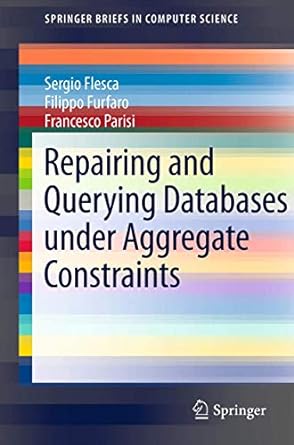Question
2.16 Lab 1: Remove all even numbers from an array Write the removeEvens() method, which receives an array of integers as a parameter and returns
2.16 Lab 1: Remove all even numbers from an array
Write the removeEvens() method, which receives an array of integers as a parameter and returns a new array of integers containing only the odd numbers from the original array. The main program outputs values of the returned array.
Hint: If the original array has even numbers, then the new array will be smaller in length than the original array and should have no blank elements.
Ex: If the array passed to the removeEvens() method is [1, 2, 3, 4, 5, 6, 7, 8, 9], then the method returns and the program output is:
[1, 3, 5, 7, 9]
Ex: If the array passed to the removeEvens() method is [1, 9, 3], then the method returns and the program output is:
[1, 9, 3]
Code I have so far but not sure if it is all 100% right:
import java.util.Arrays; public class LabProgram { public static int[] removeEvens(int [] nums) { /* Type your code here */ // figure out how big array needs to be int oddCounter = 0; for(int i = 0; i < nums.length; i++) { //find out if number is odd // keep track of how many odd number if (nums[i] % 2 != 0) { //number is odd oddCounter ++; nums[i] = oddCounter; return nums; } else { //number is even } } int[] odds = new int[oddCounter]; return odds; } public static void main(String[] args) { int [] input = {1,2,3,4,5,6,7,8,9}; int [] result = removeEvens(input); // Helper method Arrays.toString() converts int[] to a String System.out.println(Arrays.toString(result)); // Should print [1, 3, 5, 7, 9] } } Step by Step Solution
There are 3 Steps involved in it
Step: 1

Get Instant Access to Expert-Tailored Solutions
See step-by-step solutions with expert insights and AI powered tools for academic success
Step: 2

Step: 3

Ace Your Homework with AI
Get the answers you need in no time with our AI-driven, step-by-step assistance
Get Started


